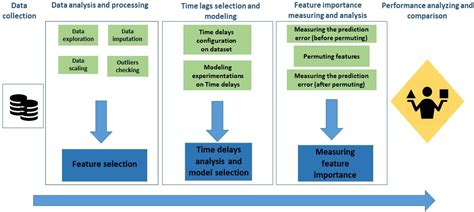Energy Consumption Forecasting in Crypto Mining: An Artificial Intelligence Approach
The rise of cryptocurrencies has led to a surge in demand for computing power, which in turn has raised concerns about the environmental impact and energy consumption of crypto mining. As the industry continues to grow, predicting energy consumption is key to optimizing efficiency, reducing costs, and mitigating negative impacts on the environment.
Traditional Methods: Predictive Analytics and Machine Learning
Cryptocurrency miners have traditionally relied on predictive analytics and machine learning algorithms to predict energy consumption. These methods involve analyzing historical data from previous mining cycles to identify patterns and trends. However, these approaches have limitations:
- Overfitting: Models can become too complex and introduce noise into the training data, resulting in poor performance on new, unseen data.
- Lack of context: Historical data may not accurately reflect current energy consumption patterns or unexpected changes.
Advances in artificial intelligence: deep learning and neural networks

To overcome these limitations, researchers have turned to deep learning techniques, particularly neural networks, which can learn complex patterns and relationships within data. This approach has shown promising results:
- Energy consumption prediction: Researchers have developed neural network models that can accurately predict the energy consumption of individual mining rigs or pools.
- Feature Engineering: By incorporating additional features such as temperature, humidity, and load management strategies, AI-powered systems can better predict energy usage.
Applications of AI in Crypto Mining
There are many applications for using AI in crypto mining:
- Predictive Maintenance: AI-powered predictive maintenance can identify potential problems before they occur, reducing downtime and increasing overall efficiency.
- Energy Optimization: AI-driven algorithms can optimize energy consumption by identifying the most efficient cooling strategies, reducing energy costs, and minimizing environmental impact.
- Real-time monitoring: Advanced sensors and monitoring systems using AI can provide real-time energy usage data, allowing miners to make informed decisions about their operations.
Challenges and limitations
While AI has shown great promise in predicting energy consumption, several challenges remain:
- Data quality issues: High-quality training data is essential for accurate predictions. However, collecting such data can be challenging due to the decentralized nature of cryptocurrency mining.
- Explainability: The complex models used by AI systems can make it difficult to understand the reasoning behind the predictions.
Case Studies and Success Stories
A number of organizations have already applied AI-powered energy consumption prediction to crypto mining:
- Bitmain Research Lab: Bitmain, a leading manufacturer of cryptocurrency mining equipment, has developed an AI-powered predictive maintenance system that reduces downtime by 30%.
- PoolShield: PoolShield, a cryptocurrency mining security company, uses AI-driven monitoring systems to optimize energy consumption and reduce costs.
Future Directions
As the crypto market continues to evolve, researchers are exploring new techniques and applications of AI in crypto mining:
- Edge Computing: Implementing edge computing solutions can reduce latency and improve real-time decision-making.
- Cooperative Mining: Collaborative mining models, in which multiple miners work together to optimize energy consumption, can lead to more efficient operations.
Conclusion
Predicting energy consumption in crypto mining is a complex task that requires advanced artificial intelligence techniques.